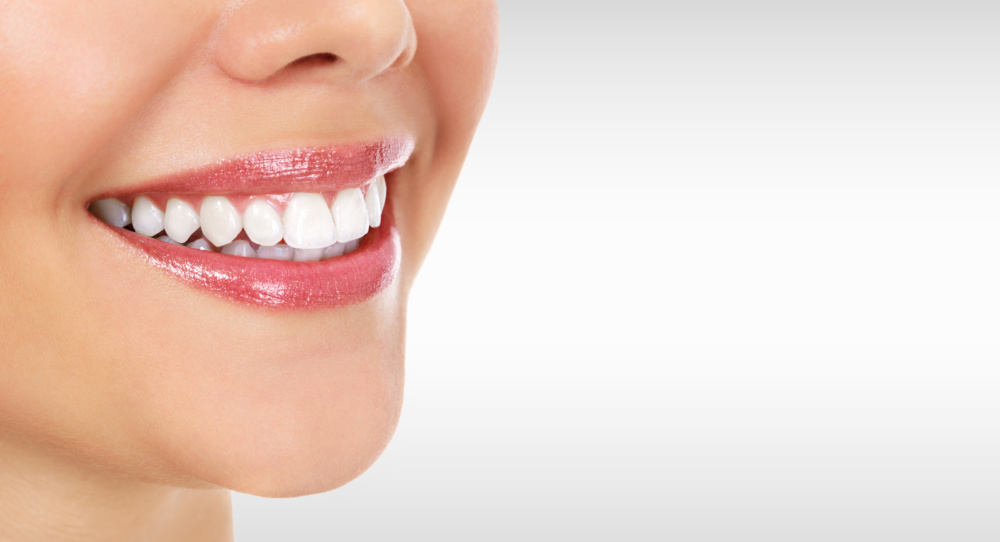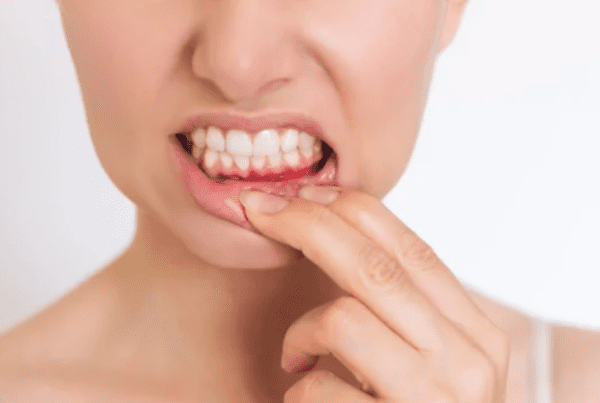By Carmen Ramos
Botox has been primarily used as a cosmetic treatment for wrinkles and lines on the face. However, the botulinum toxin that Botox is derived from actually has a long history of medically therapeutic uses.
Largely due to its minimally invasive nature, the use of Botox in dentistry is expanding to treat dental conditions like high lip lines, Temporomandibular Joint Disorder, Bruxism, dentures no longer fitting due to shifting jaw muscles, and more. Continue reading to find out the requirements a dental practice must meet in order to use Botox.
Common Uses of Botox in Dental Treatments
With proper training, dentists can use Botox to assist patients with the following:
- Edentulous patients have benefited from Botox treatment in cases where the lip muscles have become repositioned due to decreased vertical dimension. Dentures won’t always fit in these situations and Botox can relax and retrain the muscles around a new denture to make the transition much more successful.
- Patients with a high lip line can use Botox to help relax lip muscles and achieve a lower, more aestheticly-pleasing smile line. This is a popular option because the entire process isn’t very invasive and can provide a more immediate form of treatment.
- Patients dealing with Temporomandibular Joint Disorder can benefit from Botox injections, as well. TMJ disorders can cause severe pain from hyperactivity of the muscles and treatment options have been limited in the past. Now, Botox can simply relax these muscles and dental professionals can offer quick and efficient pain relief.
- Bruxism can also be minimized with Botox treatments by reducing the force of the muscular contractions involved. These injections can make a useful adjunct therapy to night guard appliances.
Clearly, there are far more cosmetic benefits that Botox can offer patients, as well, but dental patients across the country will soon have the privilege to seek this type of therapy to address all kinds of dental concerns.
Lastly, in addition to all the medical and cosmetic benefits that Botox injections can offer, it can also be a cost-effective and profitable addition to a dental practice. Insurance-based dental care is shrinking profit margins all over the country but Botox injection treatments are a great way to fight back and increase profit margins.
Why the Use of Botox in Dentistry is Gaining Popularity
For more than a decade, right before Botox Cosmetic was introduced, Botox was only approved by the Food and Drug Administration (FDA) for certain procedures: strabismus, which is an abnormal alignment of the eyes and blepharospasm, involuntary tight closure of the eyelids.
As the medical community continued to research Botox, more and more advancements were made. There are eight forms of the botulinum toxin and they all have been continuously researched and tested. Now, for the first time, the use of Botox is showing promising results for the dental community.
Since Botox is minimally invasive, it’s becoming a great tool for certain dental treatments. In fact, Botox has already been shown to help with the management of muscle-generated dental diseases like bruxism, clenching, masseter hypertrophy, Temporomandibular disorders, and to treat functional or aesthetic dental conditions like high lip lines, nasolabial folds, radial lip lines, and black triangles between teeth.
Common Myths About Botox
Despite Botox’s prevalence over the last few years, there are still plenty of misconceptions surrounding this popular treatment. Here are some common myths about Botox:
- Botox injections lead to a frozen face — A lot of people believe Botox injections will make them lose the ability to make facial expressions or even emote at all. Not true. Conversely, Botox treatment relaxes the muscles at the injection point. As long as you’re receiving treatment from a skilled injector, you will surely be able to display the entire range of facial expressions!
- Botox is only effective for removing lines — As we will see shortly, Botox clearly has more use than simply addressing facial wrinkles or removing lines. In addition to the eye and dental benefits of Botox, there are plenty of additional medical uses, including treating TMJ conditions, back and neck pain, hyperhidrosis, and even treating migraines.
- Botox injections are painful — For many, just about any procedure seems like it would be painful. When the term “injection” is used — that especially sounds like it would hurt. But with Botox, that couldn’t be further from the truth. The majority of Botox patients have stated that the injections feel much more like a slight pinch if anything at all. In order to keep patients at ease during administration, a topical anesthetic like Comfortox BLT with Comfortox 31g syringes are used that are specifically designed for Botox injections. That’s it — no other anesthetic is needed for this procedure and the pain levels are extremely low.
- Wrinkles will worsen if you stop getting Botox — Another common myth is that once a person begins Botox treatment, their wrinkles will worsen once treatment stops. On the contrary, Botox will not worsen wrinkle formation. Instead, the wrinkles will actually begin to return to how they looked initially, prior to Botox treatment.
- Botox treatments are toxic — The FDA would not approve something that is toxic. With over 20 years of use for a multitude of conditions, Botox has a long and well-established history of safety. If you’re still worried, know that it would take a dose of more than 100 times the average cosmetic dosage for Botox to be toxic.
Finding a Dentist Trained in Using Botox
According to a review published by the Journal of International Oral Health (JIOH), Botox is now being used to correct all kinds of dental conditions. As long as Botox treatments are being used by dental professionals as part of a comprehensive treatment plan within a dental scope of practice and not as a stand-alone procedure, it is acceptable.
Additionally, dental professionals must have received training and education prior to administering Botox injections. It’s important to note that Botox regulations for dental hygienists and dentists vary from state to state — so state licensing boards must be consulted prior to Botox administration in order to adhere to state laws and regulations. Since dentists are already fully equipped and knowledgeable for procedures much more dangerous and riskier than Botox, this cosmetic treatment is a great addition to a dental practice in order to meet patient needs.
Globally, Botox has been the treatment of choice for retaining a youthful appearance and has been mainly administered by plastic surgeons and dermatologists. That will soon change since state dental boards are increasingly in support of allowing — even encouraging — dentists to offer Botox injections to patients. For now, Botox remains an alternative option when other treatments have garnered no results, but that is certainly changing. Dentists across the country are beginning to seek Botox training.
The dental field is set up to be the next sector to consistently offer Botox treatments. Soon, there will be far less controversy surrounding Botox and a lot more patients who are happy with their results!
To learn more visit: https://www.westenddental.com







Recent Comments